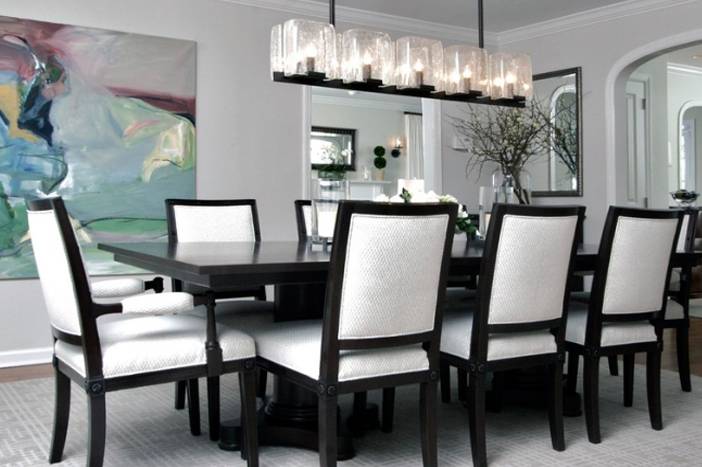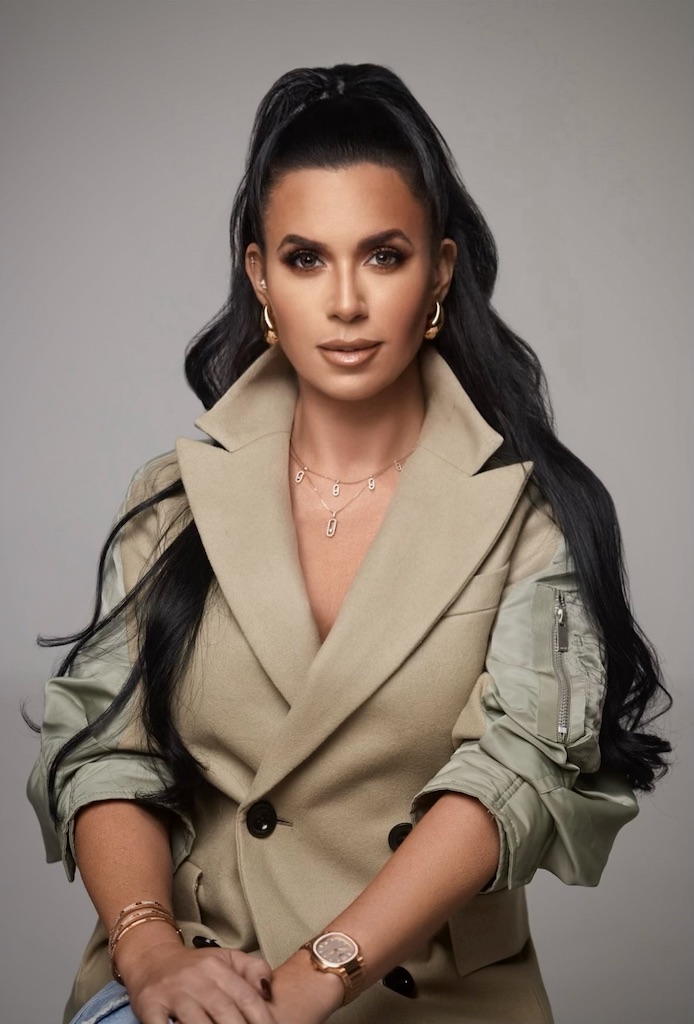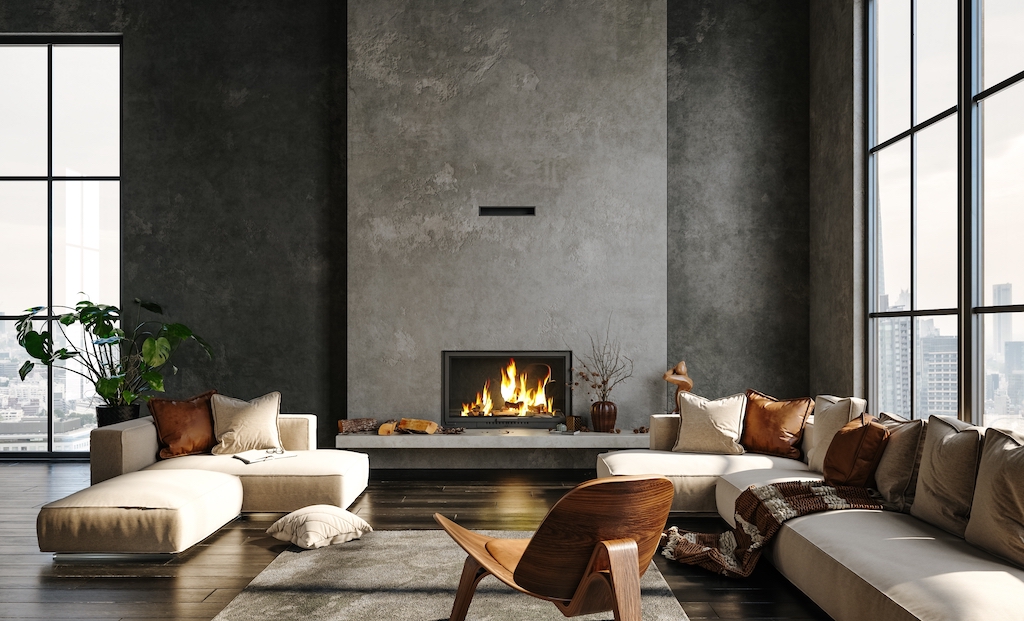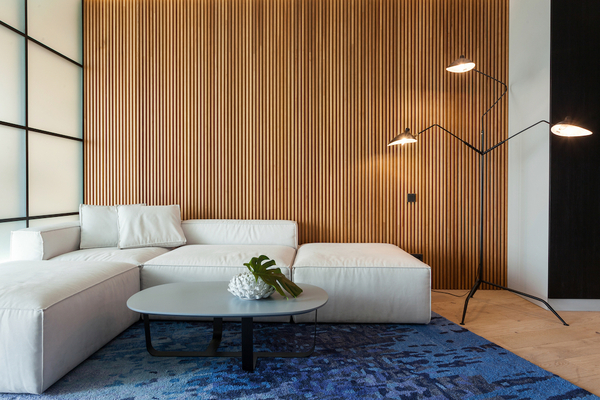What is your strategy for approaching projects that need to be completed in a small time frame?
Our projects typically are not fast tracked. One of the primary reasons for this is that we’re frequently creating several custom or customized pieces and/or elements for each individual project. Our objective as designers is to create an end result that resonates with our client’s vision and has longevity, in both quality and style.
On the occasion we’re working on a project with a more limited time frame, we find it’s important to approach the scope of work by working with manufacturers who have a product that’s readily available or in stock as well as workrooms and vendors who will assist us in moving quickly in fabrication, processing and installation. Maintaining strong relationships with our workrooms and vendors facilitates the process.
When you complete a design project, what are some of the things you do afterward to make sure the client is 100% happy with the final product?
Ensuring the client is happy with the final product is something that happens throughout the design process. The designer-client relationship often becomes somewhat personal, you’re in people’s private homes and working closely with them to define how the space will look and “feel." A particular sensitivity is required to really hear what they want. This encompasses more than just discussing furniture and space planning, it’s developing an awareness of the person(s) – the nuances of their lifestyle, their communication style, general interests and what’s important to them.
As our projects develop, there’s frequent communication with clients, which minimizes surprises. The client is aware of the design direction we’re taking, time frames and costs along the way. Clear communication and establishing realistic expectations throughout the process keeps things flowing.
We work closely with fabricators, making sure the details are addressed and we are present at our client’s installations, ensuring the spaces unfold according to our vision. In the event there’s a glitch with something we’ve ordered or fabricated or in the installation, it’s addressed quickly. Fortunately, due to careful planning and specifying, along with a hands-on approach with workrooms and vendors, those instances are infrequent.
We do follow up with clients after an installation as a general practice. Although, if you’re engaged throughout the process, tuned into what your client wants, have ongoing clear communication with both clients and vendors, pay attention to details and follow through on what you say you’re going to do, you generally have a good sense of your client’s satisfaction level during the project as well as when it’s complete.
What are your strategies for maintaining your relationship with that client for the future (and potentially future projects)?
The best strategy for maintaining long-term relationships with clients is to be truly engaged in their project during the design process, from beginning to end. Letting them know that you care about their project as much as they do, genuinely, and showing it through your actions, establishes trust. Keeping lines of communication open and following through on your commitments or resolving issues are just as important as being real and present, providing an inspired design that resonates with them and expressing your appreciation for their business.
Ultimately, the design process should be enjoyable. One of the most rewarding aspects of being a designer is seeing and hearing a client’s enthusiasm regarding their newly designed space. Approaching client relationships with warmth and integrity helps foster an overall positive experience for everyone involved, and many times leads to future business.





